


| Wildland Home Hardening |
Hardening a home or home hardening uses fire-resistant materials to defend your home against windblown embers and fire.
Home Hardening describes the process of reducing a home's risk to wildfire by using non-combustible building materials, keeping the area around your home free of debris and taking steps to prevent embers from entering the home.
Embers can travel up to 1 mile ahead of a wildfire and destroy a home in 5 minutes, they pose the greatest threat to a home.
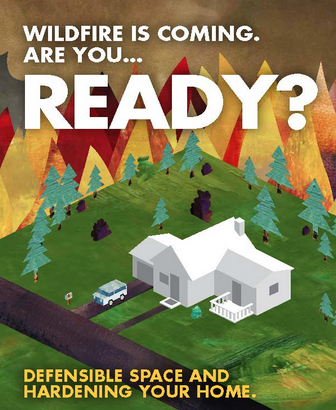
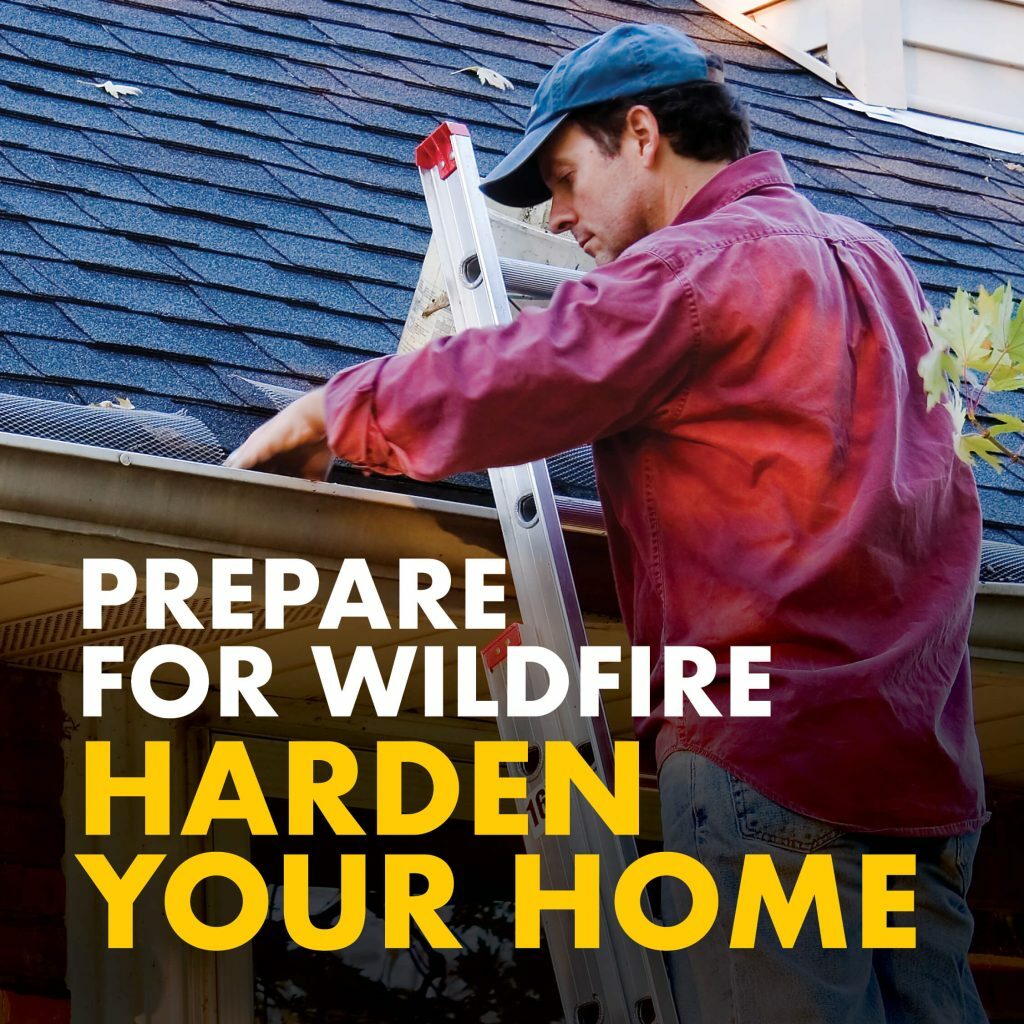
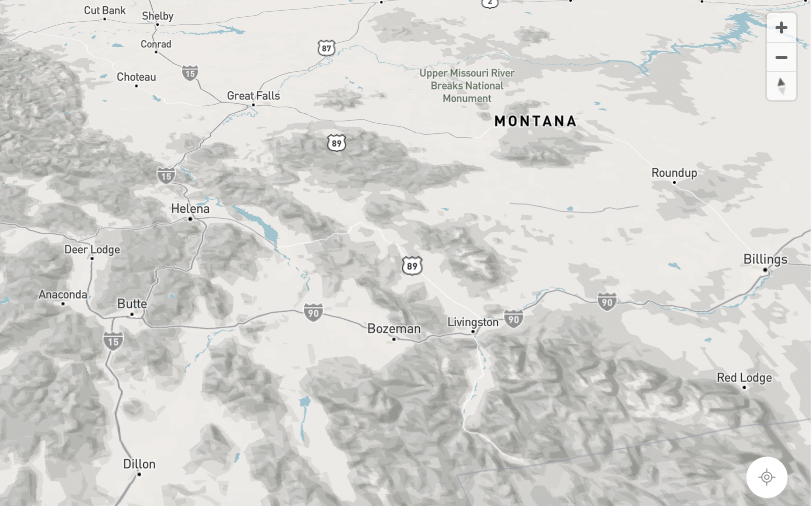
No matter where you live, do not ignore the dangers, risks, and results. Fires can start anywhere and SPREAD anywhere with wind and embers.
Building materials, design features, and nearby landscaping determine a home’s survival-ability in a wildfire.
Homes designed and built to wildfire-resistant codes have reduced susceptibility and are more likely to survive a wildfire.
Do You Need To Harden Your Home From Wildfires?
If your home has wildland nearby filled with trees or even fields of vegetation, then it is recommended that you harden your home. Wildland surrounds us, not just in urban, rural, or remote areas.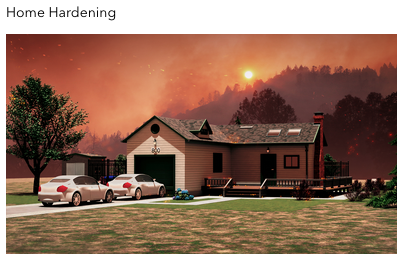
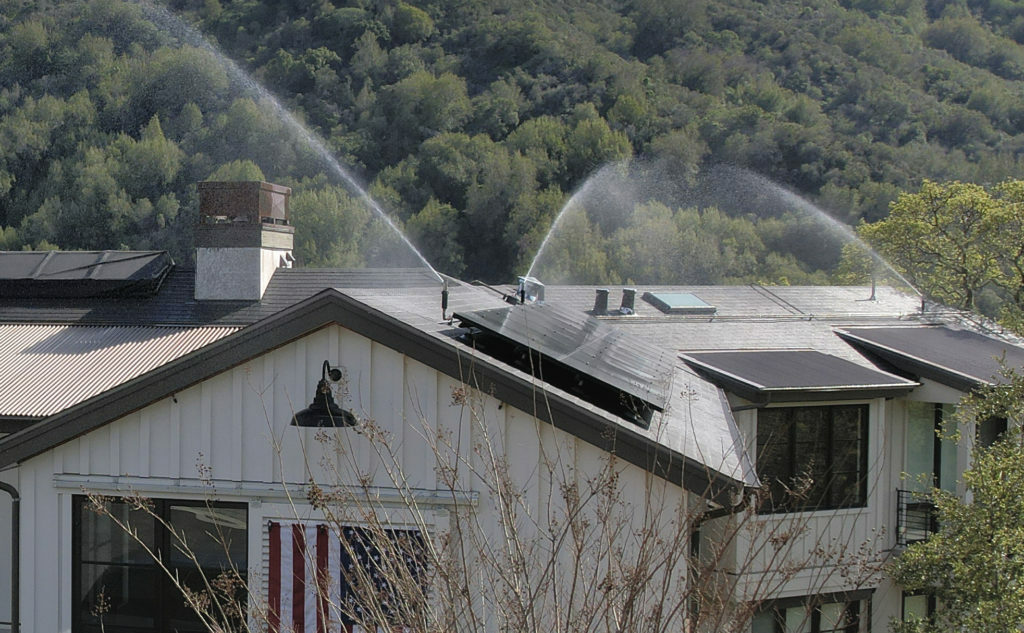
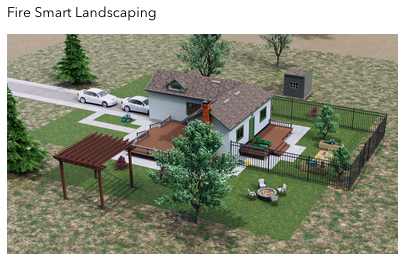
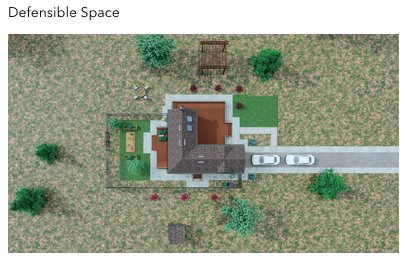
When is Montana Fire Season?
The Montana fire season begins in May and runs until October. Peak fire season typically occurs in mid-July and lasts for 12 weeks. As temperatures rise during the summer, so does the risk of wildfires due to drier fuels.
Risk Factors for Wildfires in Montana
Drought
For the last three years, Montana has seen above-average temperatures and below-average precipitation. In July 2021, almost half of the state, 49%, experienced extreme drought.16 Now, in the summer of 2023, Montana finds itself facing the most severe drought the state has encountered in more than 20 years.
Fuel
Farming practices also contribute to the start of wildfires in Montana. Lawn and farm equipment-caused wildfires are more common during the hot, dry summer months. A spark from equipment hitting a rock is enough to ignite dry vegetation.2 Follow the appropriate restrictions on equipment usage during fire season. When equipment usage is allowed, check weather conditions for wind, and only operate machinery during the cooler portions of the day. Fuels are consistently drying faster and not recovering in the wet months leading to longer fire seasons.
Weather
The temperature in Montana is rising, with an expected increase between 2 – 5 degrees Fahrenheit in the next 20 to 30 years. While these temperatures are increasing, so are the frequency and duration of drought, especially in the Northwestern areas of Montana.9 The hottest month in the state is July, but wildfire risk increases throughout August and September as fire fuels dry out.
Human Activity
Nearly 85% of wildfires in the United States are caused by human activity.2 The leading cause of wildfires in Montana is debris burning. While many use debris burning as a way to clear dead vegetation, it is important to take the necessary precautions to reduce the risk of wildfires, including obtaining a burn permit, keeping piles small, having a reliable water source nearby, and checking weather forecasts. These precautions also apply to campfire safety.
How Wildfire Season in Montana is Changing?
Longer fire seasons are on the horizon for Montana, much like the rest of the United States, as a result of climate change.3 The diverse landscape and weather of Montana make wildfires a natural part of the state’s ecology, but with extreme drought conditions and the current forest health crisis, the risk for wildfires is increasing.
The increase in wildfires is greatly impacting the air quality across Montana. In May 2023, when the wildfire season had just begun, the state was already seeing air quality listed as “unhealthy” by the Department of Environmental Quality (DEQ).
Historical Montana Wildfire Trends
Montana is a shared home to one the largest wildfires in U.S. history, The Great Fire of 1910, also known as the Big Blowup. This fire began on August 21, 1910, and burned 3 million acres in Idaho, Montana, and Washington in just two days, claiming the lives of 87 people. High winds drove this fire, making the fights for crews increasingly difficult.11 There is no official cause of the Big Blowup, but records show 1910 was one of the driest years in Montana.
Montana Wildfire Resources
Keep Montana Green | Wildfire Prevention Starts With You
Fire Adapted Montana Learning Network | Missoula, Montana
NFPA – Firewise USA® Ready, Set, Go! (wildlandfirersg.org)
